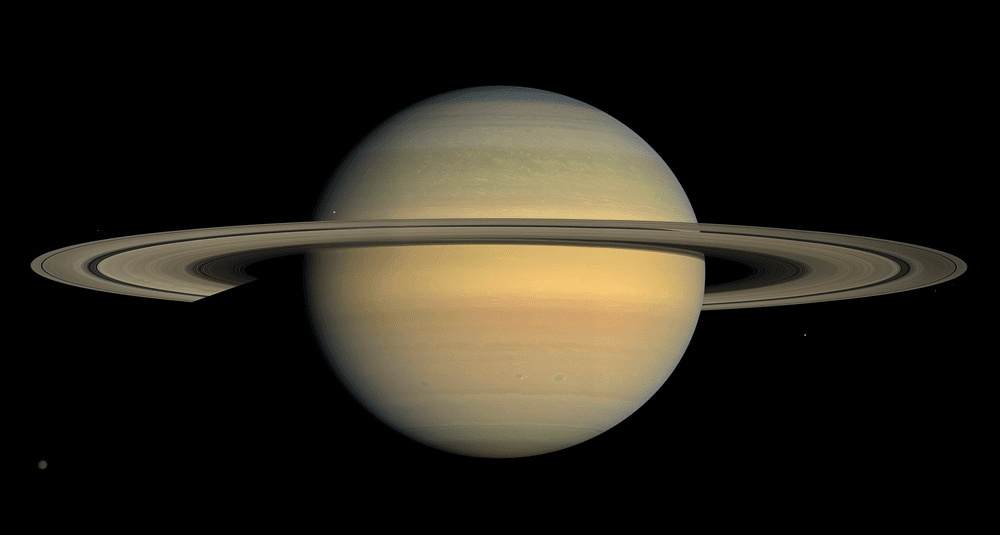How many years did the Cassini space probe remain in orbit around Saturn?
Last Updated:
The Cassini spacecraft remained in orbit around Saturn for 13 years, from 2004 to 2017. This exceptional space mission, the result of a collaboration between NASA, ESA (European Space Agency), and ASI (Italian Space Agency), marked an important milestone in the exploration of the solar system.
Launched on October 15, 1997, from Cape Canaveral, the Cassini probe’s objective was to study Saturn, its rings, and its many moons, notably Titan and Enceladus. After a long journey of nearly seven years, punctuated by several gravitational assists (notably from Venus, Earth, and Jupiter), Cassini entered orbit around Saturn on July 1, 2004.
It was on this date that its main mission truly began. Initially planned to last four years, the Cassini mission was extended several times as discoveries were made and as long as the instruments remained operational. In total, the probe spent 13 full years studying the giant planet and its environment before coming to an end in 2017.
During those 13 years, the Cassini probe accomplished a monumental scientific feat. It completed more than 290 orbits around Saturn, flew over its moons 162 times, and transmitted more than 450,000 images back to Earth. Thanks to its sophisticated instruments, Cassini enabled researchers to better understand the complex structure of the Saturnian system.
One of the mission’s major successes was the launch and deployment of the Huygens module, a European probe that detached from Cassini on December 25, 2004. Huygens landed on Titan on January 14, 2005, becoming the first spacecraft to land on a world in the outer solar system. The data collected revealed a surprisingly active environment: rivers and lakes of hydrocarbons, a dense and hazy atmosphere, and a surface reminiscent of certain landscapes on Earth.
Cassini also made major discoveries about Enceladus, another moon of Saturn. By observing plumes of water vapor and icy particles erupting from its surface, scientists were able to conclude that there is a liquid ocean beneath its frozen crust. This once-unknown world is now considered one of the most promising places to search for extraterrestrial life in our solar system.
During its mission, the Cassini probe also studied Saturn’s famous rings in detail, revealing their composition, fine structure, and complex dynamics. The data collected showed that these rings are mainly made up of ice and dust particles and that they interact constantly with the planet’s moons.
After more than a decade of observations, the probe’s fuel was exhausted. To avoid any potential biological contamination of Saturn’s habitable moons, NASA decided to end the mission in spectacular fashion. On September 15, 2017, Cassini deliberately plunged into Saturn’s atmosphere, disintegrating upon entry. This episode, dubbed the “Grand Finale,” marked the end of an extraordinary scientific adventure.
In total, the Cassini probe spent 13 years orbiting Saturn, but 20 years in space since its launch in 1997. Its discoveries continue to fuel research and transform our understanding of giant planets and their moons.
The Cassini spacecraft remained in orbit around Saturn for 13 years, from 2004 to 2017. During this time, it revolutionized our view of the Saturnian system, revealed fascinating worlds such as Titan and Enceladus, and provided spectacular images of one of the most majestic planets in the solar system. This exploration mission will forever be etched in the history of space exploration.
sciences

How many years did the Cassini space probe remain in orbit around Saturn?
Answer
The Cassini probe remained in orbit around Saturn for 13 years, from 2004 to 2017, exploring the planet and its moons before its final disintegration.